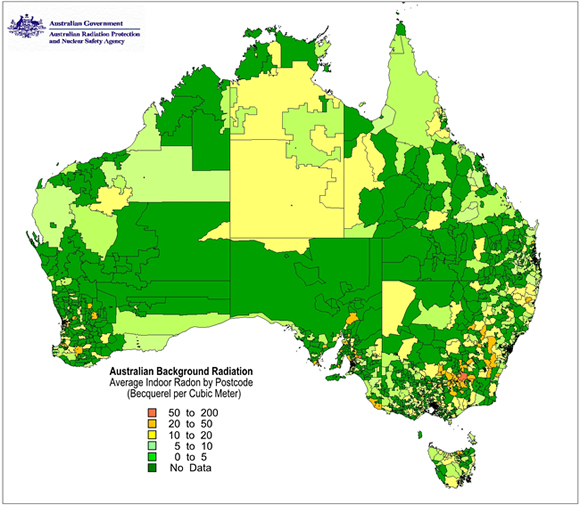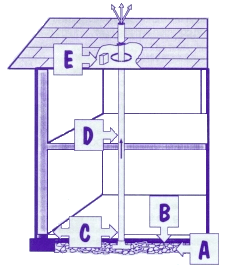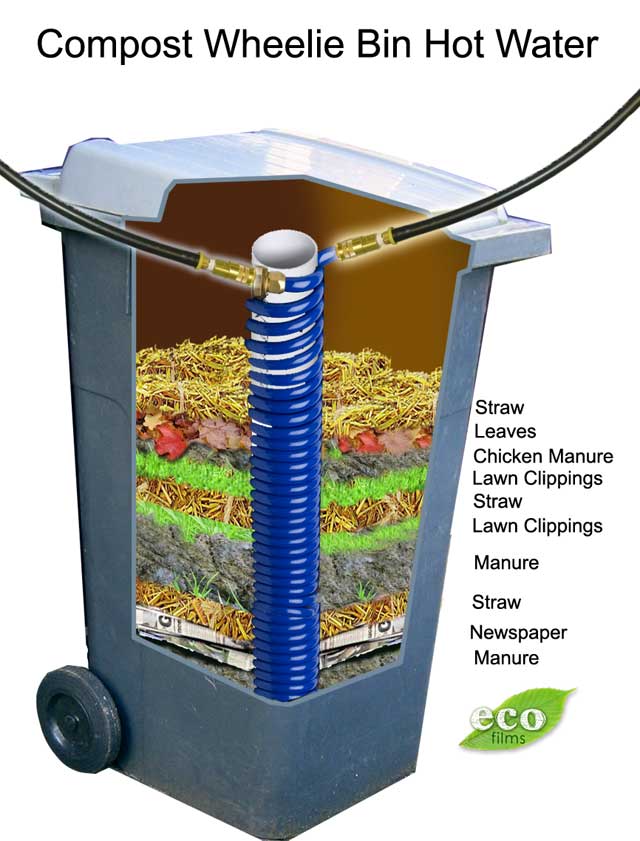This whole project began for us a few years ago, emerging from Kyle's enthusiasm for vegetable gardening which has been infectious. So we've given a fair amount of consideration over time to what vegetables and fruits we'd like to grown when we eventually have the space for them. At our current place we have a small patch (about 4m by 3m) that does well in summer but is fully shaded all winter, and another section made up of as many pots as I can cram into the paved area around the other side of the house. The first year we were here we had some overly-successful experiments resulting in an abundance of tomatoes and zucchini (which I've vowed never to plant again because I never used them).
We've also given considerable thought to animals also. We already have a cat (strictly indoors). Kyle grew up on a pig farm, so this seems like an obvious choice. Pigs necessitates getting a dog, a gun, or (most likely) both as the presence of domestic pigs is likely to draw interest from feral ones which can be dangerous but are somewhat deterred by large dogs. I'd love to keep bees, which is probably a separate post, and rather than keep ornamental birds we'll just plant lots of things they like so as to attract wild ones. So, cats, dogs, pigs, bees and birds.
But then there was the endless discussion about chickens.
I quite like a breakfast omelette, of a morning, and thought free range chickens a great idea. Kyle, who is violently allergic to eggs, didn't see the appeal. Our current neighbours have a rooster which doesn't seem to realise dawn is still hours away at 2am giving us a rather strong impression of the noise associated with chickens, and there was considerable objection to the inevitable scratching in the veggie patch that would occur. A conundrum.
But then, and I'm embarrassed to say it never occurred to us earlier, we happened upon ducks! Seems like all the insect-collecting benefits of chickens without the down sides, and considerably more character to boot. We'd have to manage water very carefully to ensure a consistent supply, but once the property is established with collection tanks this should be straightforward. We haven't tested the theory yet, but it seems sometimes allergies to chicken eggs don't transfer to duck eggs - Kyle is crossing his fingers as he's always liked the smell of eggs cooking. Plus, the cuteness of fluffy little chicks is eclipsed only by a congo line of fuzzy ducklings following mum for the first swim.
Ducks it will be!



